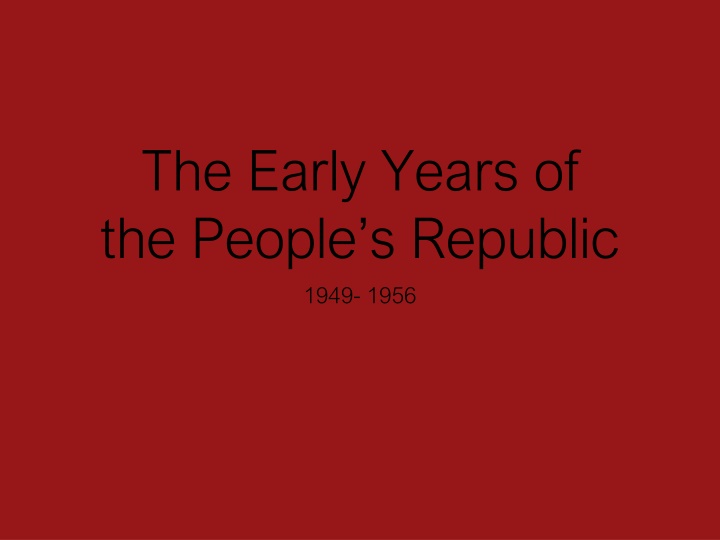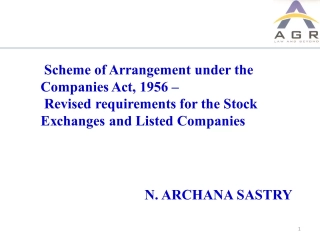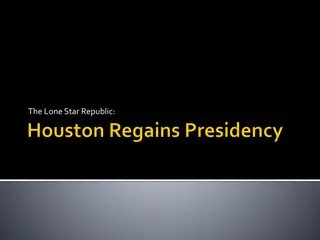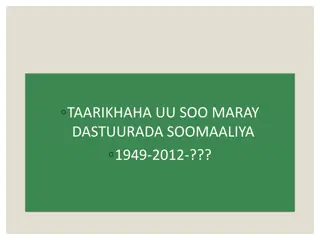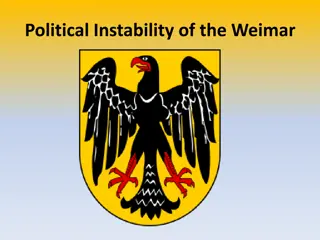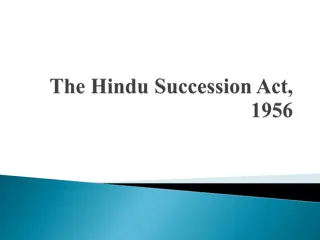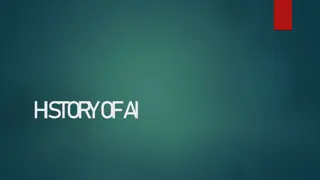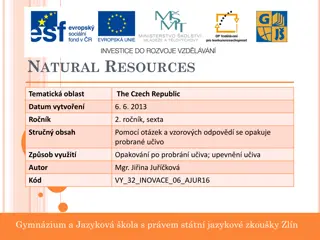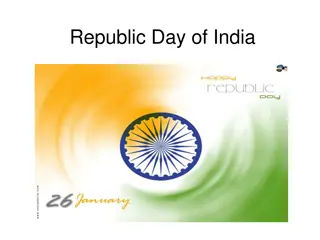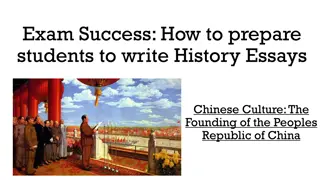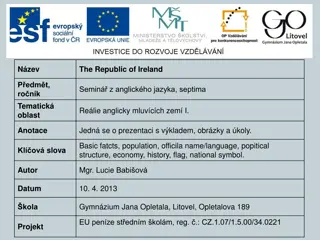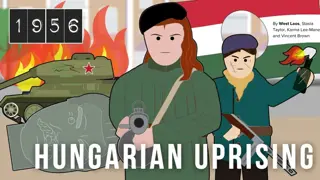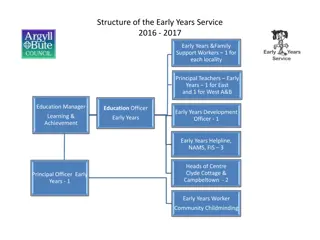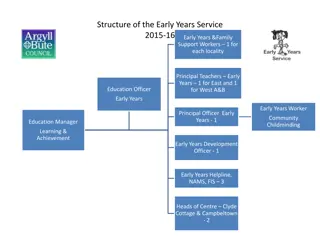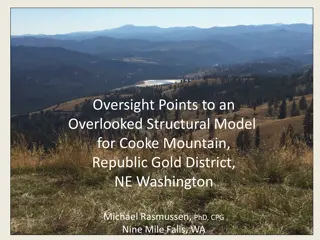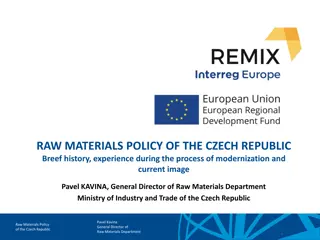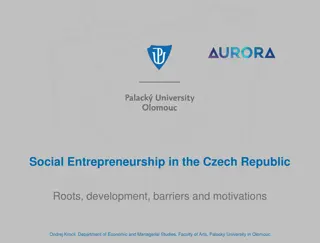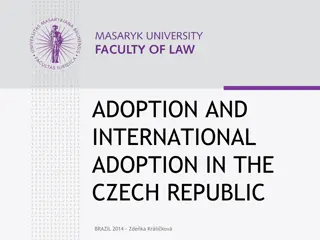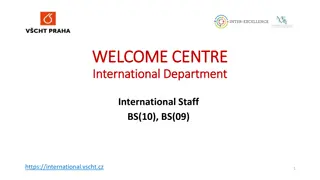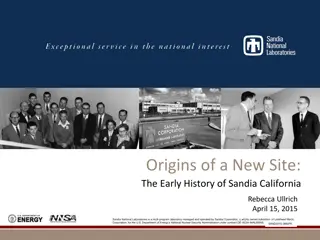The Early Years of the People's Republic: 1949-1956 Through Images
Images and descriptions highlight the optimism, determination, and societal changes in the early years of the People's Republic of China (1949-1956), including campaigns against corruption, land reform, asset confiscation policies, and the First Five-Year Plan.
Download Presentation

Please find below an Image/Link to download the presentation.
The content on the website is provided AS IS for your information and personal use only. It may not be sold, licensed, or shared on other websites without obtaining consent from the author.If you encounter any issues during the download, it is possible that the publisher has removed the file from their server.
You are allowed to download the files provided on this website for personal or commercial use, subject to the condition that they are used lawfully. All files are the property of their respective owners.
The content on the website is provided AS IS for your information and personal use only. It may not be sold, licensed, or shared on other websites without obtaining consent from the author.
E N D
Presentation Transcript
The Early Years of the People s Republic 1949- 1956
Optimism Determination to create a new society Huge prestige and trust for the CCP amongst ordinary people, the poor, the peasants etc Cleaning up society (closing brothels, opium dens etc) Problems after the war devastation, unemployment, inflation, breakdown of public order.
Campaigns 1951 The three anti s anti-waste; anti-corruption; anti-inefficiency 1952 The five anti s anti-industrial sabotage; anti- tax evasion; anti-bribery; anti-fraud; anti-theft of government property
Land reform, by 1952 land to the tiller movement was complete. Speak bitterness as a way to encourage peasants to speak out against their oppressors. division of people into categories landlords/rich peasants/middle peasants/poor peasants/landless labourers. Importance of peasants key to ensuring food supplies (increasing urban population) and export of food stuffs to get foreign currency to buy industrial machinery. Some opposition by peasants themselves to land reform eg when the land was owned by a lineage (extended family) or where family tombs were located.
The policy to confiscate assets of big capitalist monopolies but protect the national bourgeoisie small businesses State to run banks, trade, transport Iron rice bowl jobs in the state sector (by 1958 30% of workforce were in the state sector) Private sector still existed till the mid 1960s.
The First Five-Year Plan 1953 - 1957 Increase production of coal, steel and petrochemicals Spectacular civil-engineering projects eg the Nanjing Bridge Education investment, high quality urban schools set up. Statistics show it was successful but the figures may have been distorted.
Sino-Soviet Friendship treaty 1950 (cultural/industrial co-operation and exchanges) China wanted Russian industrial expertise and equipment. USSR wanted an ally in the world. Russian language taught, Russian books translated, lots of students sent to study in Russia
Korean War 1950-53 The USSR, China and North Korea on one side The US, many other western countries and South Korea on the other.
Mao and Stalin didnt get on, both wanted to be leader of the Communist world. Mao felt insulted that Stalin treated him as a little brother 1953 Stalin died. Mao also didn t really rate his successor Krushchev even though Krushchev was more appreciative of China
Threat from Taiwan The US supported Chiang Kai-shek in Taiwan as a way of stopping the tide of Communism External threat gave the CCP the reason to clamp down on dissent
PRC a one party state by 1952 (in 1949 there had been 10 separate political parties Neighbour hood committees of between 15-40 households. dan wei looked after your housing, food, schools, marriages etc hu kou residence permit dang an political record Democratic Centralism and the Mass Line
Democratic Centralism true democracy in the Communist Party lay in the obedience of the members to the authority and instructions of the leaders. ..as representatives of the workers, all Communists were genuine revolutionaries [but ] only the leaders were sufficiently educated in the science of revolution to understand what needed to be done
The Mass Line q n zh ng the masses, the people) (l xi n route, guideline) The mass line is the political, organizational and leadership method developed by Mao Zedong and the Chinese Communist Party (CCP) during the Chinese revolution. The essential element of the mass line is consulting the masses, interpreting their suggestions within the framework of Marxist- Leninism, and then enforcing the resulting policies
Expertise needed there was a chronic shortage after the war of personnel to run the country. Had to use former GMD officials to implement policies thought reform distrust of intellectuals class enemies 1956 Hundred Flowers campaign
improvement in maternity care (high birthrate) (1949 58 million people in China, by 1957 100 million) The marriage law of 1950 1949-59 a ten-fold increase in female employment But still in low-skilled jobs and responsible for domestic labour.
Literacy drive to upskill the labour force and transform political consciousness of workers and peasants Simplification of characters list of 1,500 aimed at teaching peasants to read. Lack of teachers, text books, poor teaching methods.
The cult of Mao Mao s growing paranoia. The more authority he gained, the more he feared that opposition to him was growing. It is a feature of his personality that explains why he was so ready to launch..purges against those he suspected irrationally of plotting to overthrow him
